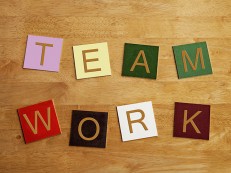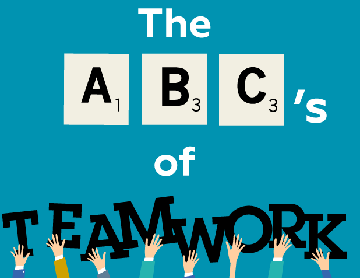Growing pressure – tempering expectations to reduce pressure
According to the latest L.E.A.D. Survey research findings, the amount of pressure being felt by the people in organisations in Australia and New Zealand is on the rise and getting worse.
The weight of expectation is bearing down on people at all levels – so what can be done to temper expectations and maintain work/life balance?
The pressure is on and growing for leaders in particular with 63% feeling more pressure now than they did three years ago (up from 53% in 2011). Likewise, employees are feeling pressure rising with 58% feeling more pressure compared to three years ago (up from 51% in 2011).
Paradoxically, managers are feeling the highest level of increased pressure but the extent to which this is being felt hasn’t changed over recent years. Managers appear to be the meat in the sandwich of expectations from above, below and externally (customers/clients).
Q. Compared to three years ago, NOWADAYS are you (your staff) generally experiencing ‘more pressure’, ‘the same pressure’ or ‘less pressure’ at work?
| Amount of pressure on you compared to three years ago | Employees |
Managers | Leaders |
| About self (%) | |||
| More pressure | 58 | 71 | 63 |
| The same pressure | 30 | 23 | 29 |
| Less pressure | 11 | 6 | 9 |
| Not sure | 2 | 0 | 0 |
The main sources of pressure on employees appear to be well understood by managers and leaders – the expectations placed on employees by them and by customers/clients. Manifested in changes to responsibilities and changes to organisational structures, employees can struggle to get the right balance between work and other aspects of their lives and start to feel pressure.
Q. What would you say are the top five biggest sources of pressure for you (your staff) at the present time?
| Top 5 Rankings of Pressures on Employees | Employees |
Managers |
Leaders |
| About self | About staff | ||
| Changes to or added responsibilities | 1 | 3 | 3 |
| Balance between work & personal life | 2 | 5 | 4 |
| Higher performance expectations | 3 | 1 | 1 |
| Higher customer/client expectations | 4 | 4 | 2 |
| Changing organisational structures | 5 | 2 | 5 |
The pressures on leaders and managers paint a similar picture with heavy demand on time and heavy workload creating pressure and impacting on their ability to achieve work/life balance.
Q. What would you say are the top five biggest sources of pressure for you (leaders and senior managers in your organisation) at the present time?
| Top 5 Rankings of Pressures on Leaders / Managers | Leaders |
Managers |
Employees |
| About self | About Leaders | ||
| Balance between personal & work life | =1 | 2 | =7 |
| Continuously being in demand | =1 | 3 | =6 |
| Increase in their personal workload | 3 | 1 | =6 |
| Ensuring effective communication within the organisation | 4 | 6 | =3 |
| Quality of staff in the organisation | 5 | =2 | =3 |
| Increasing competition in the marketplace | 6 | =11 | =1 |
| Expectations of customers/clients | =7 | 5 | =1 |
The reaction to pressure for many is to start looking elsewhere for positions that take some of the pressure off, or at least afford the individual better ways to manage or cope with pressure. Leaders and managers are no different.
As well as looking to better manage their own pressures to work effectively, leaders and managers need to be observant and identify when the pressure is having a detrimental impact on their people and support them in dealing with it.
So what should leaders and managers do?
- Tune-in to the nature and extent of pressures being felt by employees at all levels – acknowledge that the pressures you’re feeling are also highly likely to be evident in the worlds of others.
- Explore avenues to reduce and minimise pressure by working collaboratively on strategies and approaches that meet the individual’s needs.
- Coach managers and employees in how best to manage personal pressure.
- Work to identify different avenues to reduce pressure to a manageable level – you will develop a better connection with people and play a more effective supporting role as leader or manager.
- Be prepared to review and discuss pressure regularly to ensure it remains manageable and acceptable at all levels.
- Make the goal of achieving the desired work/life balance a goal for every individual and be prepared to flex to meet the needs of all personnel.
“When leaders and managers understand their own pressures and the pressures facing their people, they can try to empathise. Create a workplace environment that better manages pressure and ensure it positively impacts on performance and productivity.”
Grant Sexton, Executive Chairman, LMA



